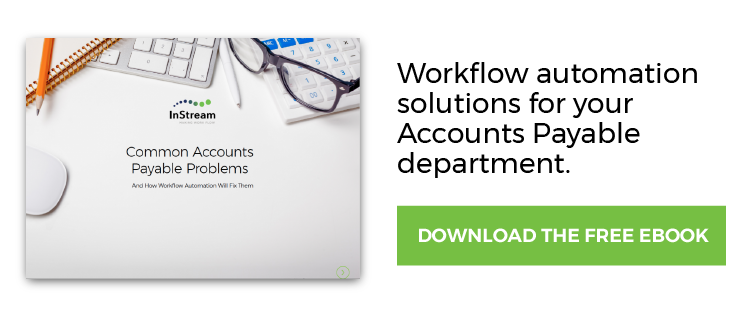In terms of data management, the types of data that companies collect can be separated into two categories: structured data and unstructured data. “Big Data” continues to expand, but for many companies unstructured data is often ignored and exists unused. With so much data inflow, companies struggle to processes rapidly-increasing data volume. Understanding the difference between structured and unstructured data can help companies to better leverage their data, and strategize more efficiently.
Structured data refers to company data that is scalable and instantly ready for use and analysis. Furthermore, structured data tends to be easy to store, access and organize. Common examples of structured data include data from AP documents, timesheets and excel spreadsheets.
Unstructured data refers to everything else, and is mostly comprised of data that is not easily searchable or scalable. Examples of unstructured data may include emails, loose paper documents, text files and mobile data, or any data that doesn’t neatly fit into your database. Unstructured data is costly to manage and difficult to extract useful information. It is estimated that around 80%-90% of all big data is unstructured. The amount of unstructured data is rapidly increasing, outpacing the growth rate of structured data. With such large influxes of unstructured data, it is difficult for companies to gain insights and make smart decisions. Employees can waste hours trying to gain visibility into their unstructured data.
Due to the sheer volume of business data, standard data mining processes often leave out key information. Therefore, there could be useful information hidden within your company’s unstructured data. This important information can be used to garner valuable insights into customer preferences and sales forecasts. Companies need to harness and leverage their data so it works for them, and not the other way around.
Extracting useful information from your unstructured data will equip your team with the ability to make smarter business decisions. With the right solution, you will be able to harvest information from your unstructured data and create useful intelligence. InStream’s Advanced Data Capture solutions will streamline your data processes, creating an enterprise from which employees can gather relevant content. Advanced Data Capture will allow your team to ultimately gain increased access and control over your data.
To learn more, contact InStream today.



